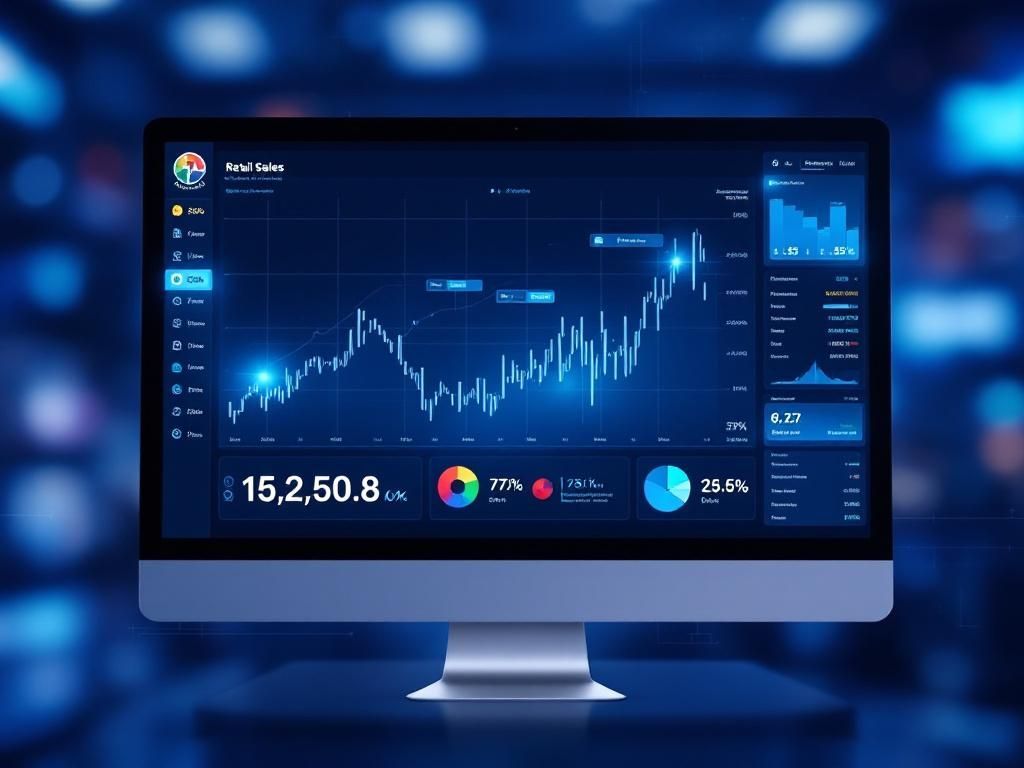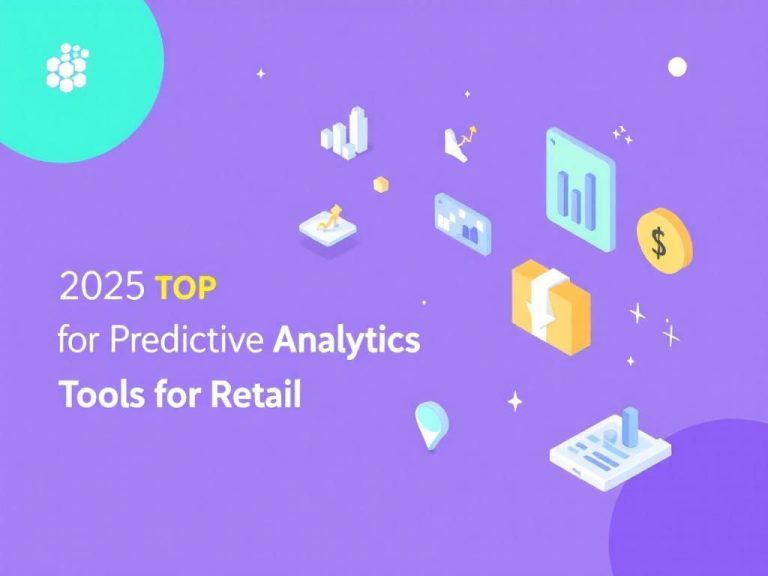In the fast-paced world of retail, the ability to predict customer behavior and sales trends can make all the difference between success and failure. With the rise of big data and advanced analytics, predictive analytics has emerged as a powerful tool for retailers looking to enhance their sales strategies. This article delves into how predictive analytics can boost retail sales in 2025 by exploring key methodologies, technologies, and real-world applications.
Understanding Predictive Analytics
Predictive analytics involves using statistical algorithms and machine learning techniques to identify the likelihood of future outcomes based on historical data. In retail, this can include predicting customer purchasing behavior, optimizing inventory levels, and enhancing marketing strategies. The foundation of predictive analytics lies in:
- Data Collection: Gathering relevant data from various sources such as sales transactions, customer interactions, and social media.
- Data Processing: Cleaning and organizing data to ensure accuracy and relevance.
- Model Development: Using algorithms to create predictive models that can analyze trends and make forecasts.
- Implementation: Utilizing the predictive insights in decision-making processes.
The Role of Machine Learning in Retail
Machine learning (ML) plays a vital role in enhancing predictive analytics capabilities in retail. By employing ML algorithms, retailers can analyze vast amounts of data more efficiently. Here are some ways ML contributes to retail:
1. Customer Segmentation
Machine learning can help retailers segment their customers based on purchasing behavior, preferences, and demographics. This can lead to:
- Personalized marketing campaigns
- Targeted promotions
- Improved customer retention strategies
2. Demand Forecasting
Accurate demand forecasting is crucial for inventory management. Retailers can leverage ML to:
- Predict product demand based on historical sales data
- Adjust inventory levels accordingly to avoid stockouts or overstock situations
3. Price Optimization
Dynamic pricing strategies can be developed using ML to adjust prices based on demand fluctuations, competitor pricing, and customer behavior. This can help retailers maximize revenue and remain competitive.
Emerging Technologies Driving Predictive Analytics
The integration of emerging technologies enhances the effectiveness of predictive analytics in retail. Some of these technologies include:
1. Internet of Things (IoT)
IoT devices collect real-time data from various sources, such as in-store sensors and customer smartphones. This data can provide valuable insights into:
- Customer foot traffic
- In-store behavior
- Product performance
2. Cloud Computing
Cloud computing facilitates the storage and processing of large datasets. Retailers can use cloud-based solutions to:
- Access advanced analytics tools
- Collaborate across different locations
- Scale operations quickly
3. Natural Language Processing (NLP)
NLP allows retailers to analyze customer feedback from various channels, such as social media, reviews, and surveys. This can help in:
- Identifying customer sentiments
- Improving product offerings
- Enhancing customer service
Real-World Applications of Predictive Analytics
Several retailers have successfully implemented predictive analytics to drive sales. Here are some notable examples:
Case Study 1: Amazon
Amazon uses predictive analytics to recommend products to customers based on their browsing history and previous purchases. This personalized approach has significantly increased the conversion rate and average order value.
Case Study 2: Walmart
Walmart leverages predictive analytics for inventory management. By forecasting demand patterns, the retailer can optimize stock levels, ensuring that popular products are always available while minimizing excess inventory.
Case Study 3: Target
Target utilizes customer segmentation analysis to tailor its marketing efforts. By analyzing customer data, Target can send personalized promotions and recommendations, leading to higher engagement and sales.
Challenges in Implementing Predictive Analytics
While predictive analytics offers significant advantages, retailers may face challenges in its implementation:
1. Data Quality
Ensuring the accuracy and reliability of data is crucial for effective predictive analytics. Poor data quality can lead to misguided insights.
2. Integration of Systems
Retailers often use various systems for different functions. Integrating these systems to allow for seamless data flow can be complex but is necessary for accurate analytics.
3. Skill Gap
Finding professionals with the right skills in data science and analytics can be challenging. Investing in training and development is essential to ensure a knowledgeable workforce.
Future Trends in Predictive Analytics for Retail
As we look towards 2025, several trends are expected to shape the future of predictive analytics in retail:
1. Increased Use of AI
Artificial Intelligence will play a more prominent role in predictive analytics, enhancing the accuracy of forecasts and automating processes.
2. Greater Personalization
Retailers will increasingly focus on hyper-personalization, utilizing predictive analytics to create tailored shopping experiences for each customer.
3. Enhanced Collaboration
Collaboration between departments, such as marketing, sales, and supply chain management, will improve as retailers recognize the value of shared insights.
Conclusion
Predictive analytics is revolutionizing the retail landscape by empowering businesses with the insights needed to make informed decisions. As we move into 2025, retailers that leverage predictive analytics effectively will not only enhance their operational efficiency but also drive significant sales growth. By understanding customer behavior, optimizing inventory, and personalizing marketing efforts, retailers can stay ahead of the competition in an increasingly data-driven world.
FAQ
What is predictive analytics in retail?
Predictive analytics in retail refers to the use of statistical techniques and algorithms to analyze historical data and forecast future trends, helping retailers optimize inventory, personalize marketing, and enhance customer experiences.
How can predictive analytics boost retail sales?
By leveraging predictive analytics, retailers can identify buying patterns, improve demand forecasting, and tailor promotions to specific customer segments, ultimately leading to increased sales and customer satisfaction.
What tools are available for implementing predictive analytics in retail?
There are several tools available for predictive analytics in retail, including software solutions like SAS, IBM SPSS, and Tableau, which help retailers analyze data and generate actionable insights.
What are the challenges of using predictive analytics in retail?
Challenges include data quality issues, integrating disparate data sources, and the need for skilled analysts to interpret the results effectively.
How does predictive analytics improve inventory management?
Predictive analytics improves inventory management by forecasting demand accurately, reducing overstock and stockouts, and optimizing supply chain operations.
What is the future of predictive analytics in retail?
The future of predictive analytics in retail is bright, with advancements in artificial intelligence and machine learning enabling even more accurate predictions and personalized shopping experiences.




